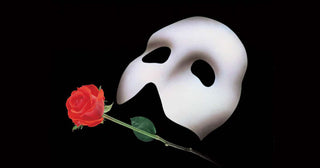Earlier this year, The Hundreds collaborated with the iconic Rocky movie franchise, and writer Alec Banks penned a wonderful deep dive on the blog about the similarities between streetwear and boxing. With The Hundreds now releasing their upcoming collaborations with composer/music theater legend Andrew Lloyd Webber’s The Phantom of the Opera and Cats this Friday, streetwear enthusiasts might be wondering: what exactly are the threads that connect the brand with Webber’s career?
When it comes to collaborations, The Hundreds has always been open to finding connections that might not appear obvious at first glance. When you think about The Phantom of the Opera, Webber’s most well-known musical and one of the most universally celebrated musicals of all-time, there are actually plenty of connecting themes between the theatrical production and streetwear that makes it another ideal collaboration for The Hundreds.
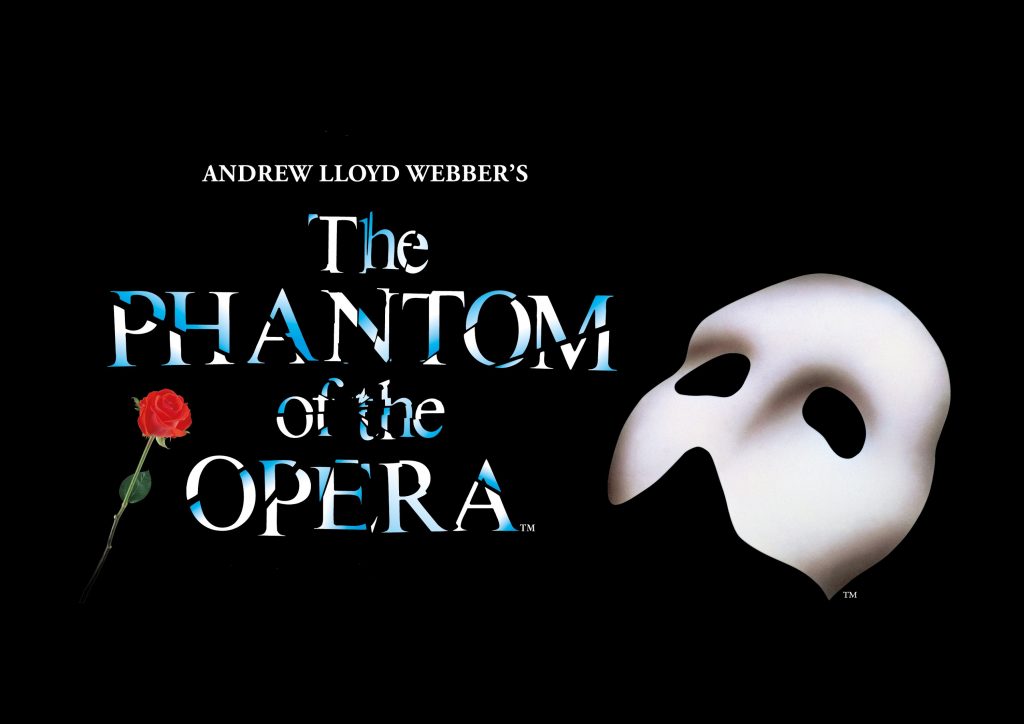
For those who are unfamiliar, the theater version of Phantom is based on the novel of the same name from Gaston Leroux. Webber’s musical version first made its debut on London’s West End in 1986, before making its Broadway debut two years later, winning the 1988 Tony Award for Best Musical. It has played across 27 countries and continues playing at theaters today.
The story centers around a love triangle between Christine, a young phenom at the opera house, Raoul, the leading man and Christine’s love interest and childhood friend, and the Phantom, this mysterious figure that haunts the opera house from the depths of its cellars.
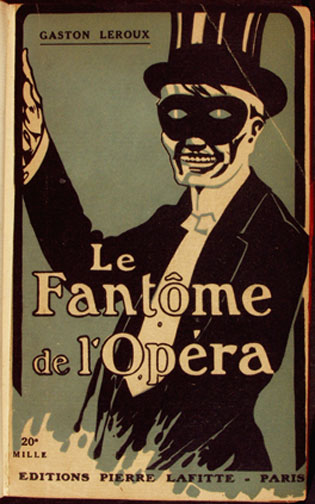
The Phantom, known as Erik in the book, gets his name from having to wear a mask for his deformed figure, but is also known as the Angel of Music, for his talent as a scholar and a composer. The Phantom operates as a tragic hero and at times as the antagonist of the plot, the musical version of the outsider who is misunderstood and miscast because of his identity. In many ways, he reflects the underlying sentiments behind what streetwear culture embodies too: voices that aren’t being heard, and brands who use their platform to express their story in their own way, sometimes successfully, and other times not.
The potent themes that run through Phantom, including fear, fragility, disfigurement, and loneliness also run parallel to streetwear culture as well. The base idea of finding a community where you can belong to, and figuring out a way to bond with those with shared interests is universal, whether you’re trying to connect with people at a skate park, or in Phantom’s case, trying to figure out a way to fit in with not only the opera house crowd, but the world, despite his physical disfigurement and emotional trauma. Shedding labels, finding your own identity, those are universal themes that are integral to the streetwear community.
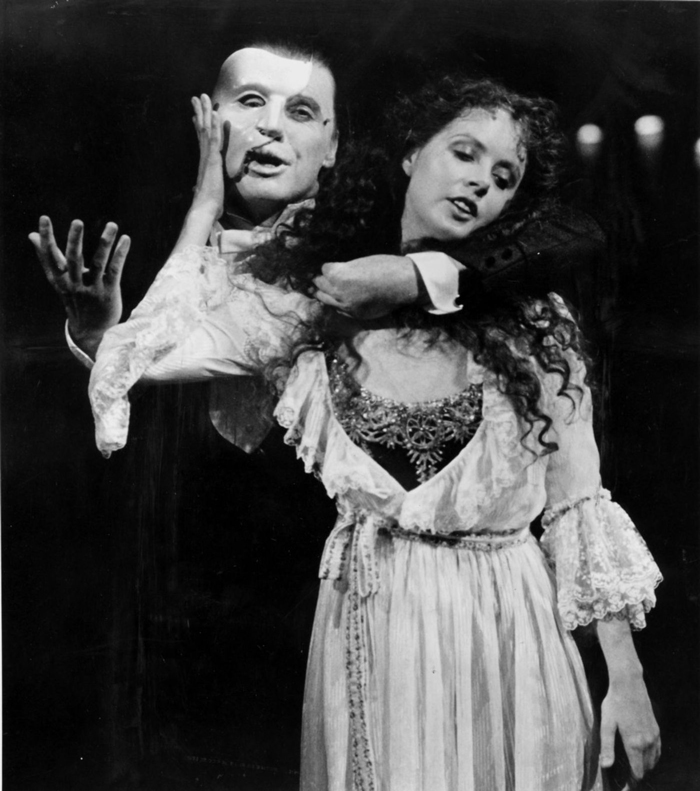
There’s also the fact that Phantom was the first exposure to theater for many people born in the ‘80s. That was certainly the case for myself. I remember watching Phantom for the first time in seventh grade. The soundtrack remains timeless, and scenes like the chandelier falling on stage and the entire masquerade set remain iconic and are milestone pop culture moments for anyone growing up in that era.
Bobby Hundreds had a similar experience. When he was seven, and just discovering Nintendo, skateboards and comics, he saw Phantom for the first time.
“The idea of dancing grown-ups playing make-believe on a stage sounded boring and strange,” Bobby wrote in his recent essay. “For some reason, my parents thought a musical could tame my brothers and I. Once the curtains drew open and the cast entered, the magic of the room hit me. I fell in love with the ritual (the Playbill, the red velour seats, the intermission bathroom breaks), the precision and uncorrectable nature of stage acting (no take backs! no replays!), and the live exchange between audience and actor.”
Since then, Bobby has watched Phantom at least six more times, along with Webber’s other works, Jesus Christ Superstar, Evita, Joseph and the Amazing Technicolor Dreamcoat, and Cats. It even inspired him to study theater in college.
Beyond the plot and the personal connections many of us have to Phantom, the longevity aspect of the musical that makes it an ideal Hundreds collaboration as well. Whether it is a T-shirt in a store or a musical on stage, the goal is the same: to connect with an audience, to leave a lasting impression that stands the test of time. The biggest challenge in that is not making a name for yourself, but sustaining that reputation over time.
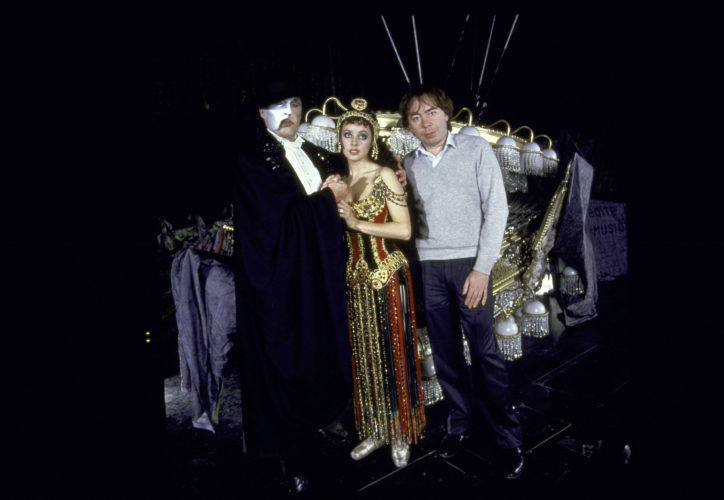
In the same way that The Hundreds have navigated through an continuously changing streetwear scene over the past 15 years, Phantom has navigated through the hype cycles of other productions and remained one of the most popular musicals in current day, just as it was over 30 years ago.
And longevity doesn’t happen without a collective effort. Bobby would probably admit that everyone—from the creative, to the people working behind the scenes, to the supporters—has made The Hundreds being a respected brand in streetwear for so long possible. Similarly, Phantom would not be what it is today without all of the different cast members and the collective efforts of theater casts worldwide.
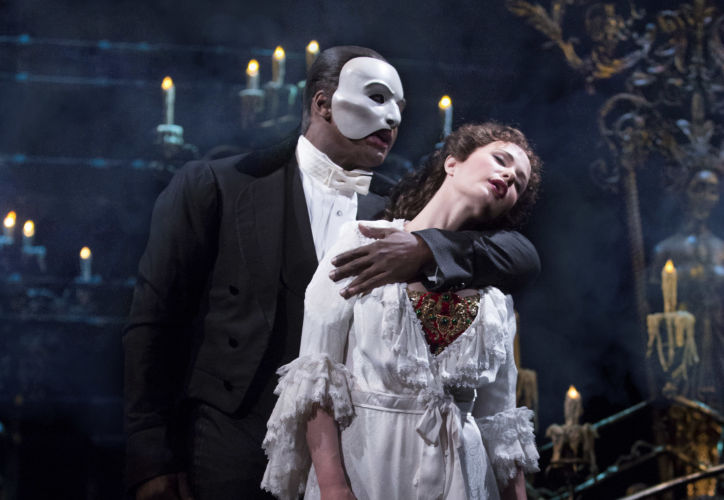
“I’ve always wanted to do an Andrew Lloyd Webber collection for The Hundreds,” Bobby wrote. “I know it’s not as streetwear-friendly to our customers like a rap collab, but we intentionally select projects that speak to different tastes, backgrounds and communities to show the complexity of a very human brand. The old adage goes that all are welcome to the theater and just the same, all are welcome to The Hundreds.”
While strength in numbers is important for longevity, whether it is streetwear or creating a musical, it always starts at the top. Andrew Lloyd Webber is known to be a perfectionist when it comes to musicals. Growing up, he staged toy theater shows with his brother Julian, and has been writing and putting on a performance for the world ever since. Knowing by those close to him as a perfectionist, an interviewer remembers once seeing at least 14 drafts of Phantom in his office. The pursuit for the perfect product is relentless, whether it is tinkering the detail of the first act of your musical, or tweaking the details of a clothing collection from year to year.
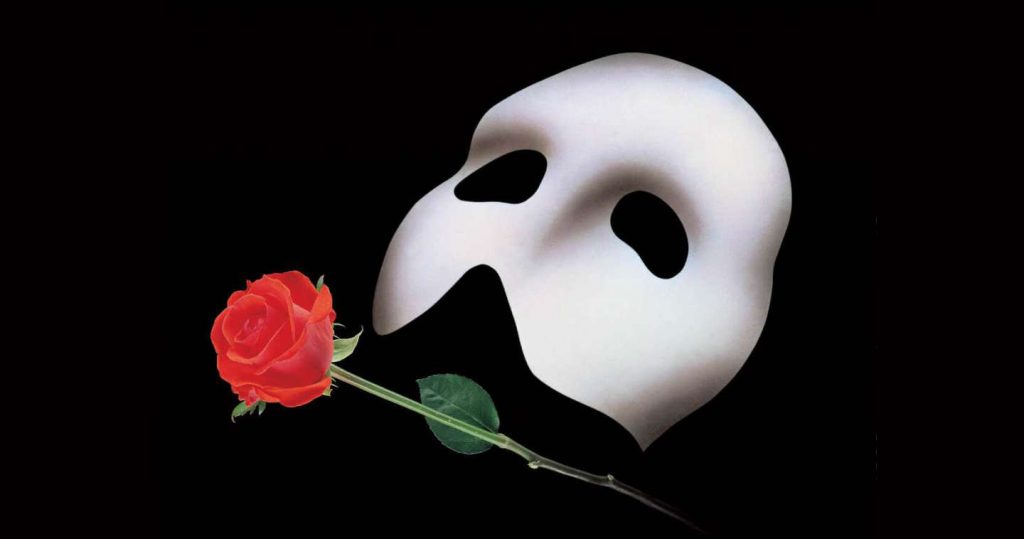
And finally, there’s the iconic logo of The Phantom of the Opera, which has stood the test of time and also captures motifs which has been popular in streetwear and pop culture. The logo contains two main images: a mask and a rose.
The rose motif has always been part of the design discourse in streetwear, and in recent years, it has become even more prominent. The symbol of love has been strong, and you’ve seen collections from Gucci and Adam Selman base entire collections on the floral pattern, and companies like The Good Company, Stussy, and of course The Hundreds embrace the motif with their own unique respective takes.
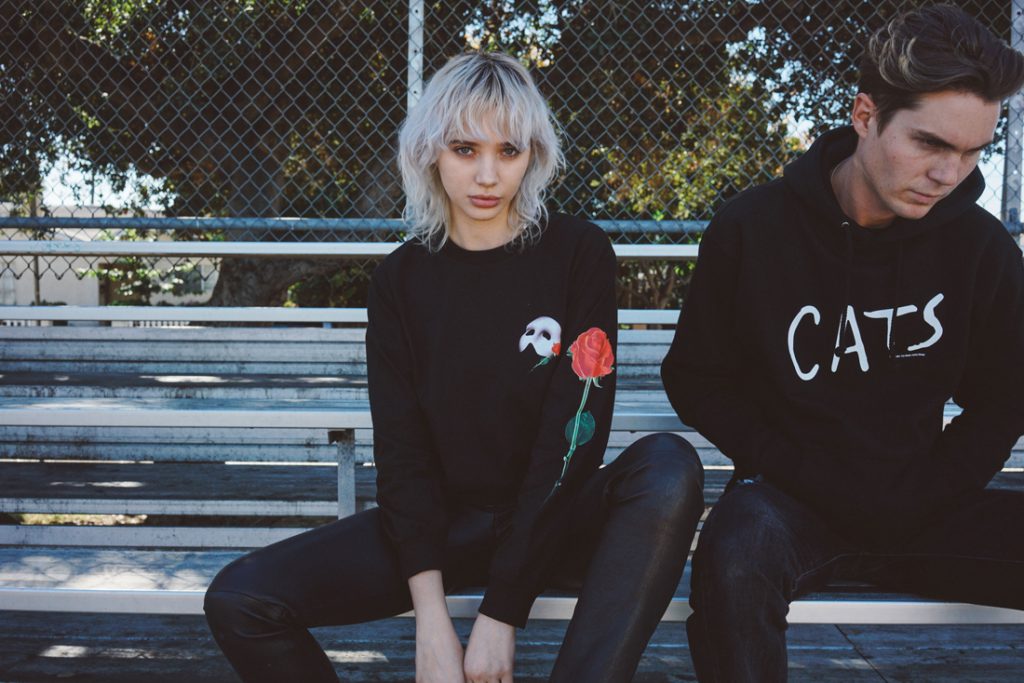
As Lynn Yaeger of Vogue pointed out: “[There is no reason to] fear the flower, despite the dialectical contradiction these blossoms can embody: They can be at once frumpy and hipster, rule-abiding and rebellious. In this, the rose print is similar to other styles that manage to gleefully subvert their original intentions: army camouflage jackets at anti-war demonstrations, say, or a pair of scruffy sneakers militantly repurposed as evening shoes.”
The mask has been used for classic theatrical work from the Greek era, to an avant garde way to create a different identity in pop culture, like Kanye West did with his Martin Margiela mask during his Yeezus tour, or MF DOOM’s—another previous collaboration partner with The Hundreds—metallic mask. The mask speaks to the themes of identity and artifice, which is central in streetwear as well. At the end of the day, whether you’re a brand supporter or a brand itself, there’s a constant search for an identity in a marketplace that is constantly shifting.
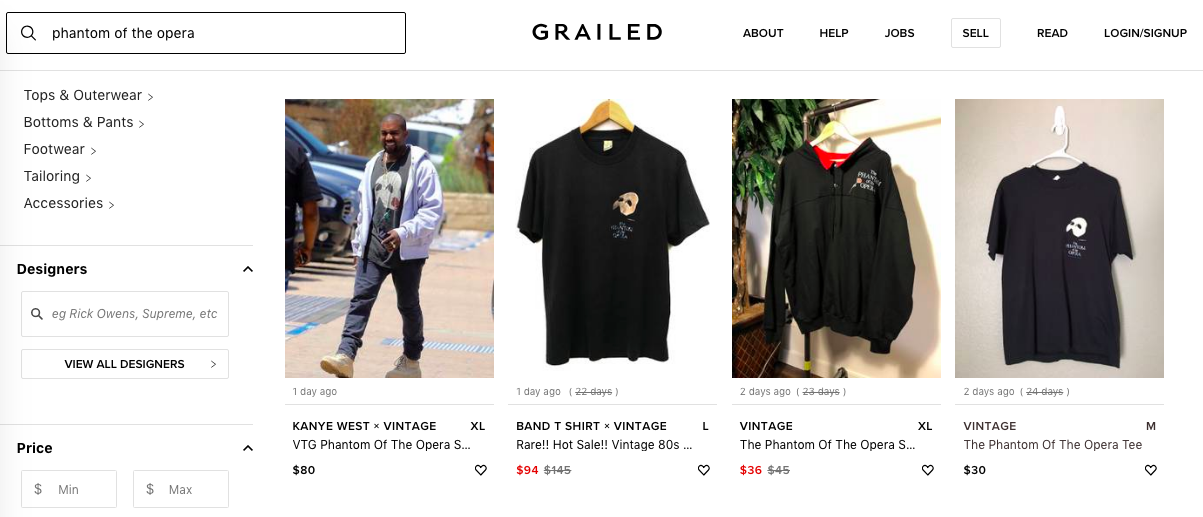
For some of the older heads, seeing the designs from Phantom on streetwear apparel will feel like a perfectly natural fit. Back in the day, merchandise for musicals were emblematic of youth fashion, similar to what concert tees—think Justin Bieber, Travis Scott, Kanye West—are to teens today. “A Phantom satin jacket or a Cats tee were as ubiquitous in those years as big hair and stone-washed denim,” Bobby said.
The Phantom of the Opera might not at first glance seem like a fit for a streetwear collaboration, but once you dig a little deeper, you’ll start to wonder why it’s taken this long for a crossover collab to happen.
***

